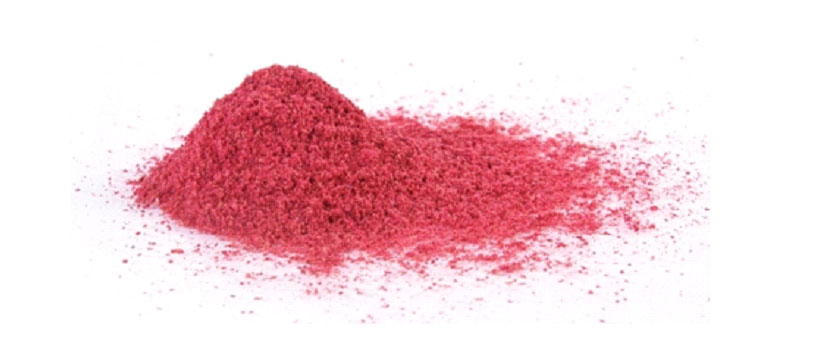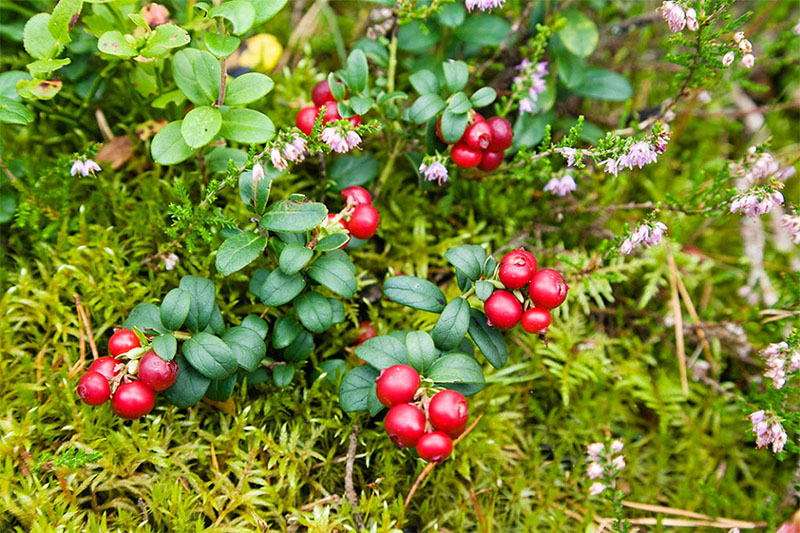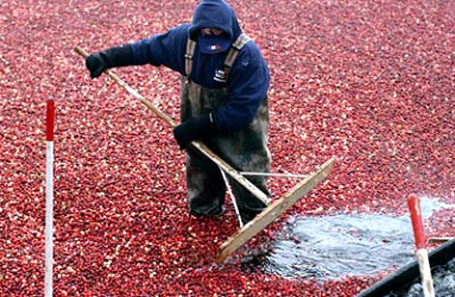Manufacturer of Cranberry Extract in Norway
Manufacturer of Cranberry Extract in Norway Detail:
[Latin Name] Vaccimium Macrocarpon L
[Plant Source] North America
[Specifications] 3% – 50% PACs.
[Test method] Beta-smith, DMAC, HPLC
[Appearance] Red fine powder
[Plant Part Used] Cranberry fruits
[Particle size] 80 Mesh
[Loss on drying] ≤5.0%
[Heavy Metal] ≤10PPM
[Pesticide residue] EC396-2005, USP 34, EP 8.0, FDA
[Storage] Store in cool & dry area, keep away from the direct light and heat.
[Shelf life] 24 Months
[Package] Packed in paper-drums and two plastic-bags inside.
[Gereral feature]
1. 100% extract from Cranberry fruit, passed ID test from the 3rd part like ChromaDex. Alkemist Lab;
2. Pesticide residue: EC396-2005, USP 34, EP 8.0, FDA;
3. The standard of the heavy mental is strictly according to the pharmacopoeia like USP, EP, CP;
4.Our company import the raw material directly from Canada and America;

5. Good water solubility, the price is reasonable
[What is cranberry]
Cranberries are a group of evergreen dwarf shrubs or trailing vines in the subgenus Oxycoccus of the genus Vaccinium. In Britain, cranberry may refer to the native species Vaccinium oxycoccos,while in North America, cranberry may refer to Vaccinium macrocarpon. Vaccinium oxycoccos is cultivated in central and northern Europe, while Vaccinium macrocarpon is cultivated throughout the northern United States, Canada and Chile. In some methods of classification, Oxycoccus is regarded as a genus in its own right.They can be found in acidic bogs throughout the cooler regions of the northern hemisphere.
Cranberries are low, creeping shrubs or vines up to 2 metres long and 5 to 20 centimetres in height; they have slender, wiry stems that are not thickly woody and have small evergreen leaves. The flowers are dark pink, with very distinct reflexed petals, leaving the style and stamens fully exposed and pointing forward. They are pollinated by bees. The fruit is a berry that is larger than the leaves of the plant; it is initially light green, turning red when ripe. It is edible, with an acidic taste that can overwhelm its sweetness.
Cranberries are a major commercial crop in certain American states and Canadian provinces. Most cranberries are processed into products such as juice, sauce, jam, and sweetened dried cranberries, with the remainder sold fresh to consumers. Cranberry sauce is a traditional accompaniment to turkey at Christmas dinner in the United Kingdom and Thanksgiving dinners in the United States and Canada.
[Function]
UTI protection, Prevent and treat urinary tract infections
Guard against cardiovascular diseases
Eliminate eye fatigue, curing eye diseases
Anti- aging
Cancer risk reduction
Product detail pictures:

Related Product Guide:
we are able to supply top quality items, aggressive price and greatest buyer assistance. Our destination is "You come here with difficulty and we offer you a smile to take away" for Manufacturer of Cranberry Extract in Norway , The product will supply to all over the world, such as: Paraguay, Nairobi, Nepal, Many years of work experience, we have now realized the importance of providing good quality products and solutions and the best before-sales and after-sales services. Most problems between suppliers and clients are due to poor communication. Culturally, suppliers can be reluctant to question things they do not understand. We break down those barriers to ensure you get what you want to the level you expect, when you want it. faster delivery time and the product you want is our Criterion .
Γλυκαντικό σιρόπι στέβιας απο την STEVIA-SYRUP μετρίου ιξώδες με REBAUDIOSIDE A 99%, ΧΩΡΙΣ συντηρητικά
UCI Chem 128 Introduction to Chemical Biology (Winter 2013)
Lec 15. Introduction to Chemical Biology — Glycobiology & Polyketides — Part 1
View the complete course: https://ocw.uci.edu/courses/chem_128_introduction_to_chemical_biology.html
Instructor: Gregory Weiss, Ph.D.
License: Creative Commons BY-NC-SA
Terms of Use: https://ocw.uci.edu/info.
More courses at https://ocw.uci.edu
Description: Introduction to the basic principles of chemical biology: structures and reactivity; chemical mechanisms of enzyme catalysis; chemistry of signaling, biosynthesis, and metabolic pathways.
Introduction to Chemical Biology (Chem 128) is part of OpenChem: https://ocw.uci.edu/collections/open_chemistry.html
This video is part of a 18-lecture undergraduate-level course titled “Introduction to Chemical Biology” taught at UC Irvine by Professor Gregory Weiss.
Recorded March 5, 2013.
Index of Topics:
0:00:19 Carbohydrates
0:03:15 Glycosylated Proteins
0:07:25 Extending Oligosaccharides one Monomer at a Time
0:08:26 More Knee Join Oligosacchardies
0:10:25 Snot and Mucus: Anionic Polysaccharides
0:13:21 N-Linked Glycosides: Added as Complex Oligosaccharides
0:22:56 What is the Function of Glycosylation?
0:25:37 Cell Culture Production of Proteins
0:27:54 Glucoronidation Used to Designate Small Molecules for Excretion
0:29:49 Glucose Homeostasis
0:31:39 Non-Enzymatic Glycosylation
0:35:29 Sweetners: Tase Good for the Calories
0:41:00 Terpenes and Polyketides
0:45:09 Nature Prefers Thioesters for the Claisen
0:48:06 Rapid Exchange of Thioesters
0:49:28 Fatty Acid Synthesis by Polyketide
Required attribution: Weiss, Gregory Introduction to Chemical Biology 128 (UCI OpenCourseWare: University of California, Irvine), https://ocw.uci.edu/courses/chem_128_introduction_to_chemical_biology.html. [Access date]. License: Creative Commons Attribution-ShareAlike 3.0 United States License (https://creativecommons.org/licenses/by-sa/3.0/us/deed.en_US).
The customer service staff is very patient and has a positive and progressive attitude to our interest, so that we can have a comprehensive understanding of the product and finally we reached an agreement, thanks!







